On the morning of August 22, in Thien Cam commune, the North Central Agricultural Science and Technology Institute, Green Carbon Japan Vietnam Co., Ltd. coordinated with the Department of Agriculture and Environment of Ha Tinh to organize a field workshop to evaluate the rice production model to reduce emissions, aiming to create carbon credits.
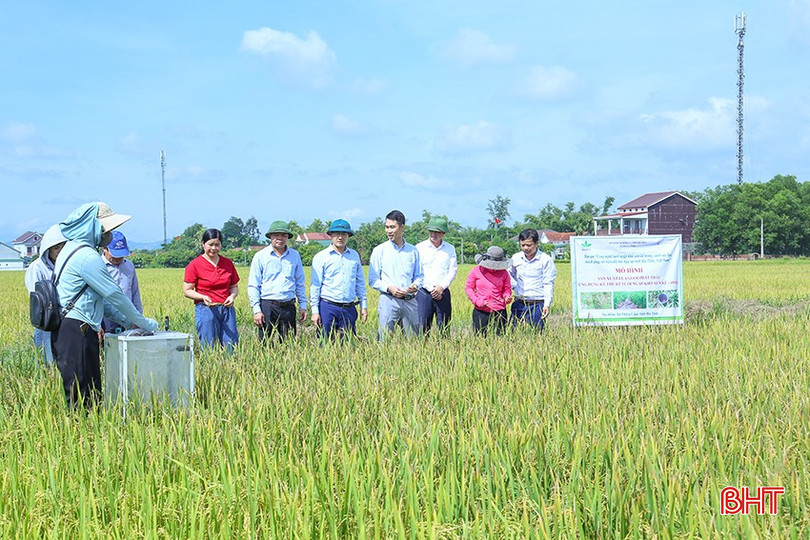
Within the framework of the program, delegates visited the pilot model of carbon credit creation in rice production in Thien Cam commune and directly discussed with technical staff about the model implementation process.
The model will be deployed in the summer-autumn crop of 2025 on an area of 250 hectares, in Trung Dong, Ha Phuc Dong and Hung Loc villages, Thien Cam commune, with the participation of more than 750 households.
Previously, in the spring crop, the model was also piloted on 50.7 hectares in Trung Dong village with 163 participating households, initially bringing positive results in production.
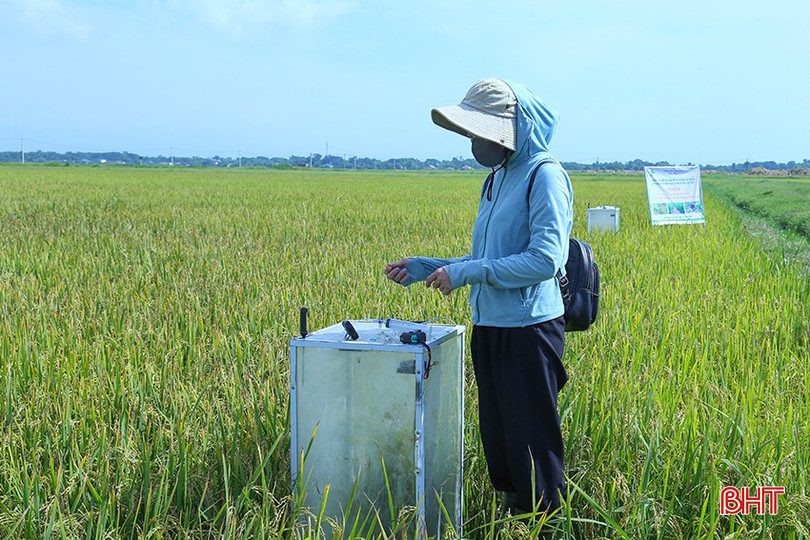
According to the process, farmers are instructed to apply the technique of alternating wet and dry irrigation to reduce methane (CH4) emissions - the main greenhouse gas in rice production, which is generated when the fields are flooded for a long time. This measure helps save irrigation water, reduce production costs while maintaining stable productivity. In particular, the amount of reduced emissions can be converted into carbon credits and sold on the market, creating resources to reinvest in production infrastructure and increase farmers' income.
Project technical staff regularly inspect the fields and provide data and evidence during project implementation. Technical advice is regularly shared to resolve arising issues.
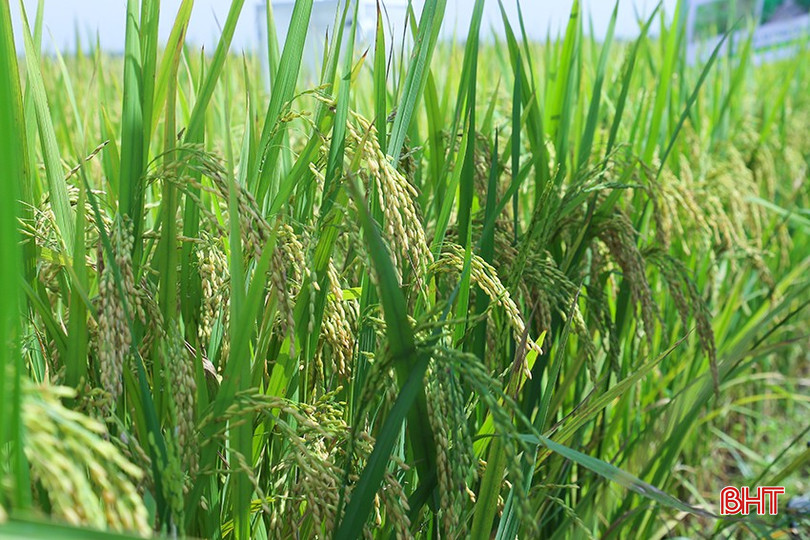
Evaluation results at the workshop showed that rice fields applying the alternating wet and dry irrigation model grew well, had many tillers, were stronger, had fewer pests and diseases, and were more resistant to lodging than control fields. The average yield reached 72.5 quintals/ha in the spring crop and 52 quintals/ha in the summer-autumn crop.
Notably, this method can reduce emissions by more than 70% compared to traditional continuous flooding for direct-seeded rice fields.
The benefits of the model lie not only in the reduction of emissions but also in the ability to reduce production costs, save resources and protect the living environment. From there, Ha Tinh can move towards building a brand for rice with reduced emissions. This is considered a suitable solution for the strategy of sustainable agricultural development, responding to climate change, and increasing the value of agricultural products in the market.
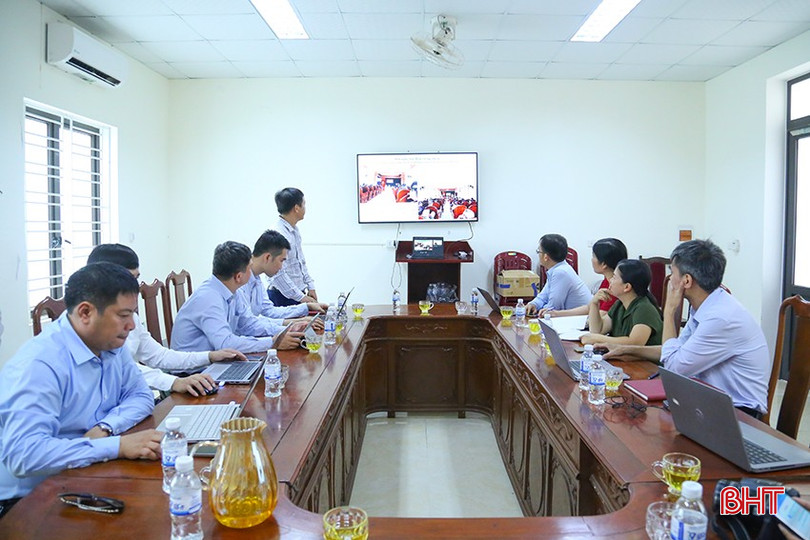
Based on the success of the two production crops in 2025, at the workshop, delegates also discussed difficulties and proposed solutions suitable to farmers' production practices and Ha Tinh's production conditions in order to continue expanding the rice area applying water-saving irrigation techniques in the spring crop of 2026 and the following years. Thereby, contributing to realizing the goal of developing sustainable and environmentally friendly agriculture in the province.
Source: https://baohatinh.vn/mo-hinh-san-xuat-lua-giam-phat-thai-cho-hieu-qua-tich-cuc-post294156.html



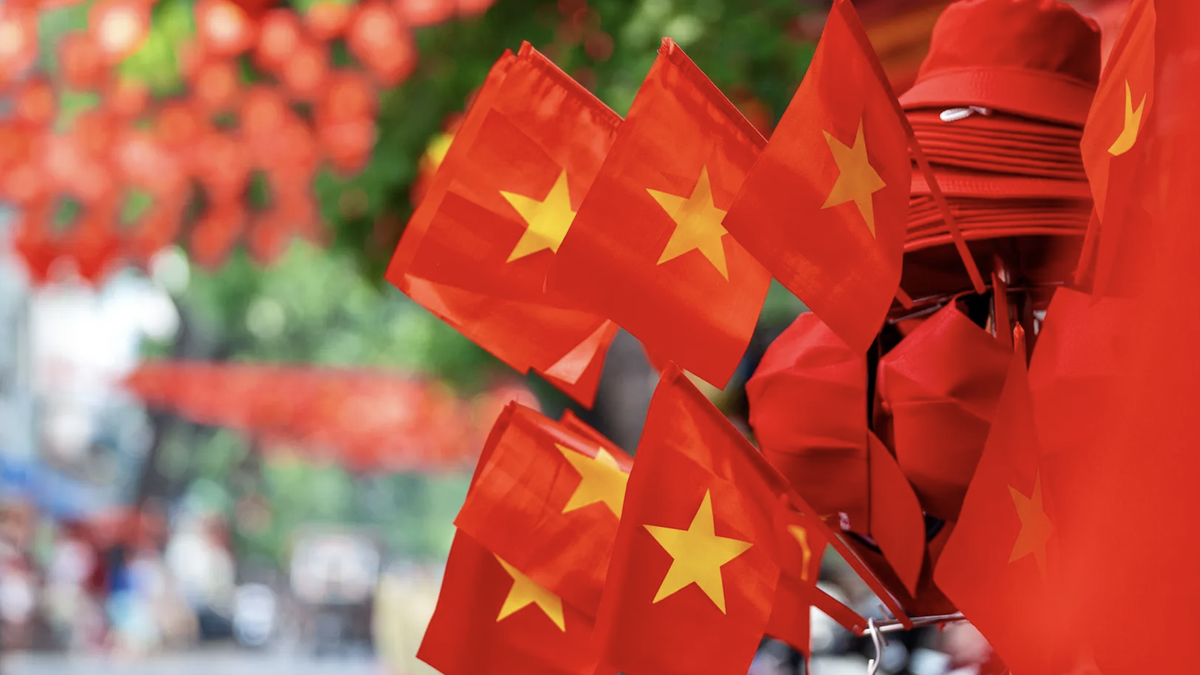


![[Photo] President Luong Cuong receives delegation of the Youth Committee of the Liberal Democratic Party of Japan](https://vphoto.vietnam.vn/thumb/1200x675/vietnam/resource/IMAGE/2025/8/22/2632d7f5cf4f4a8e90ce5f5e1989194a)
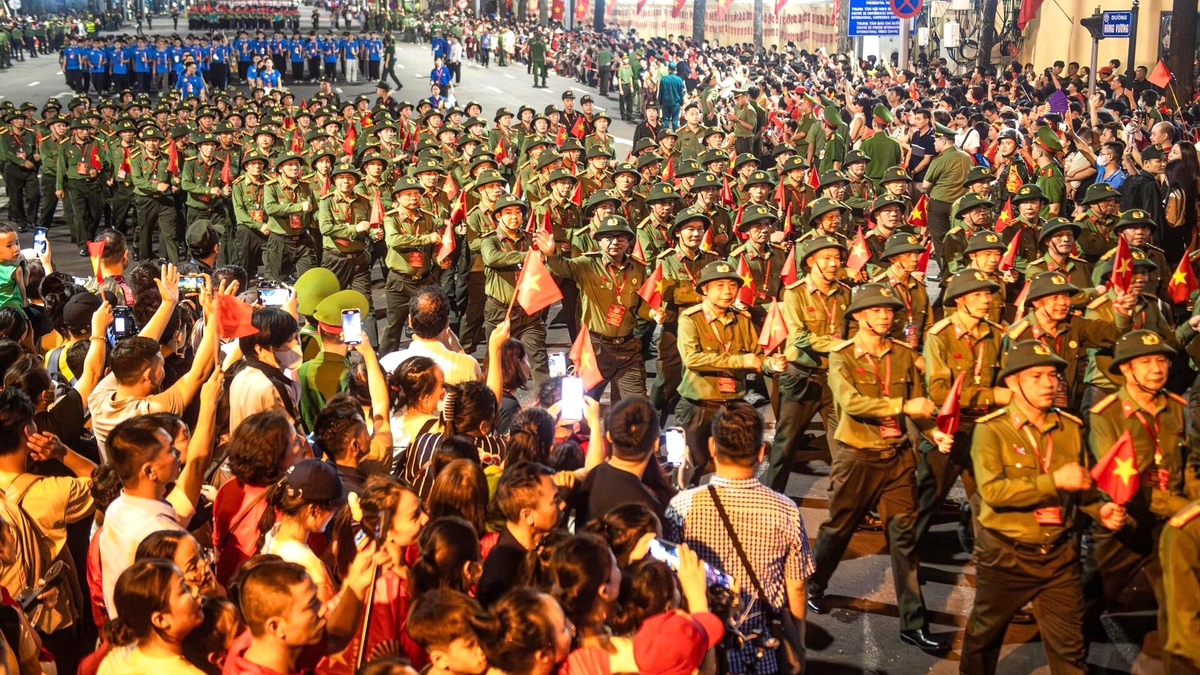
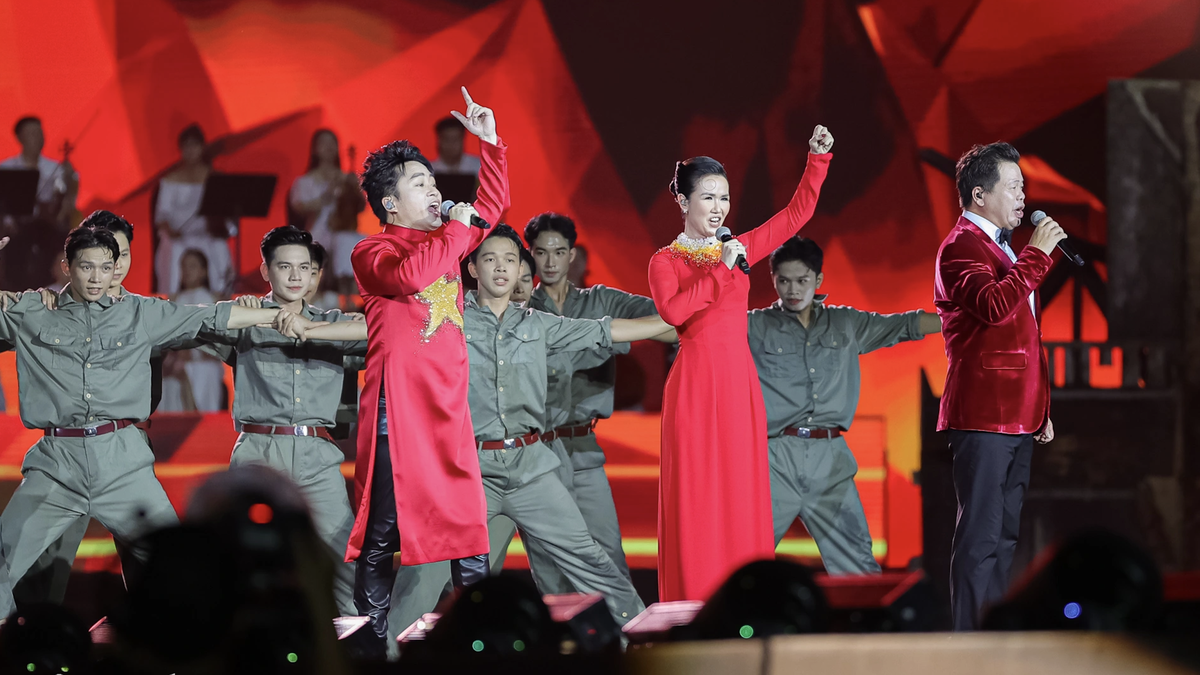
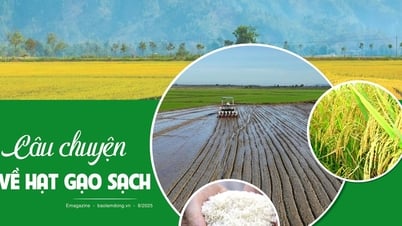

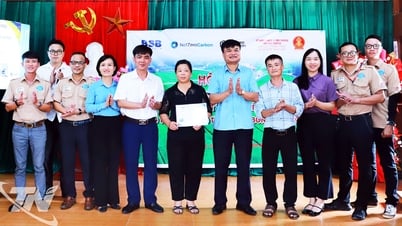

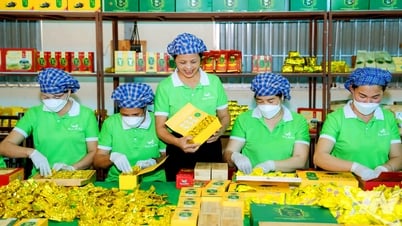
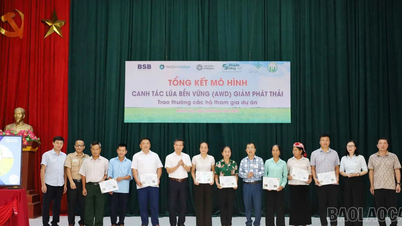

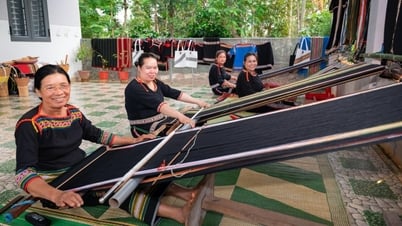

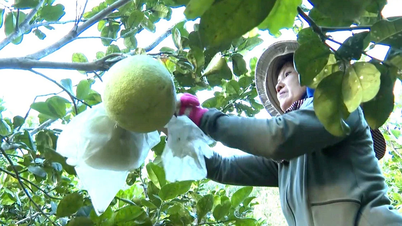

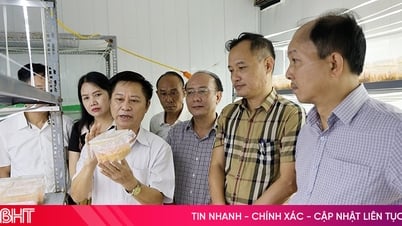
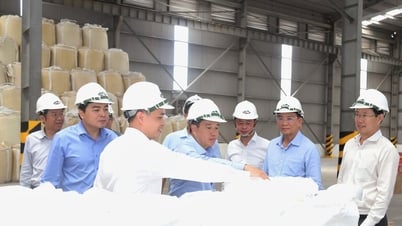
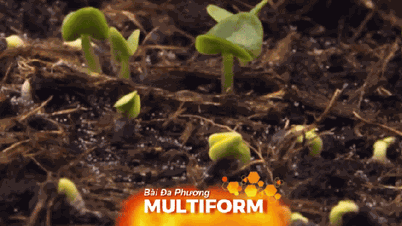



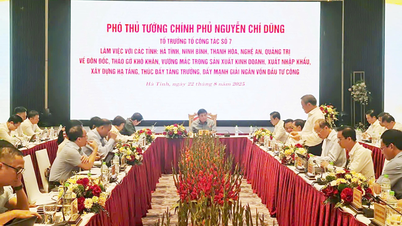

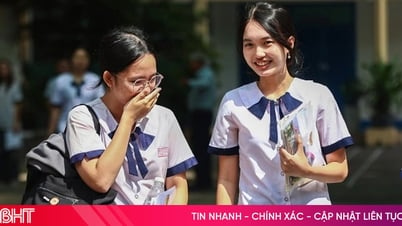




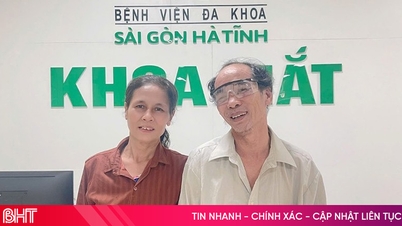











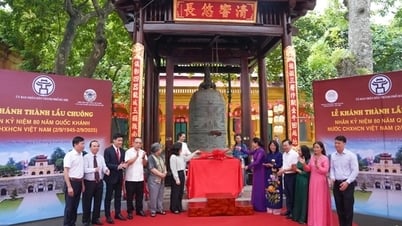

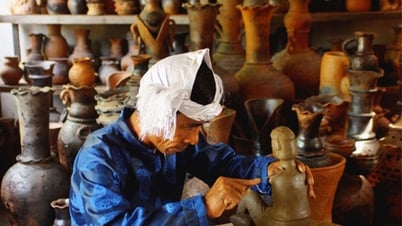











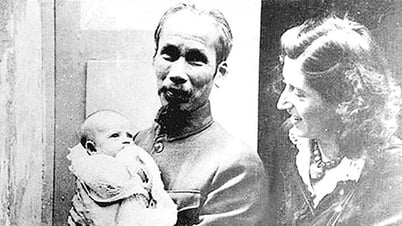










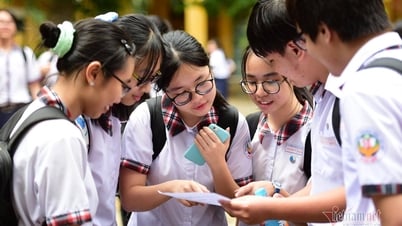
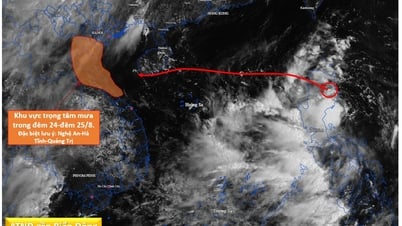
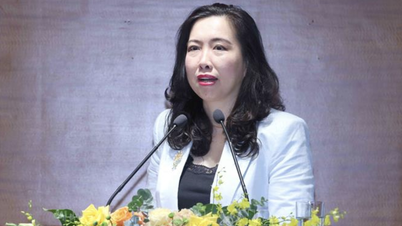








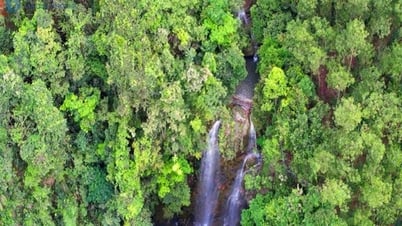

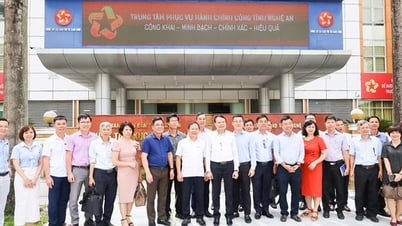
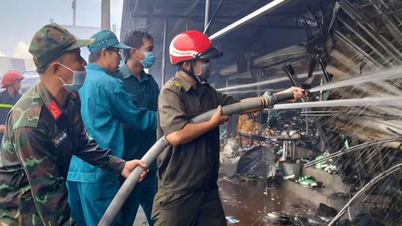
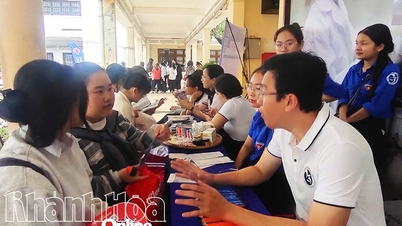

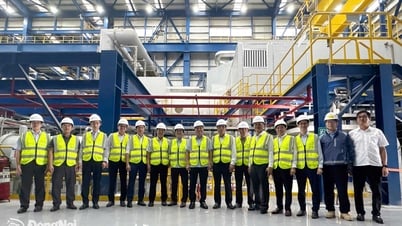

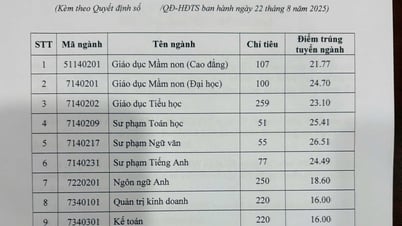
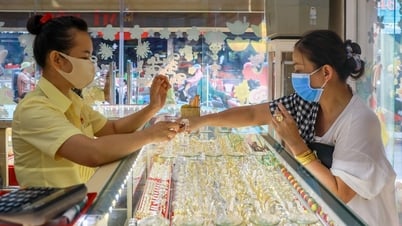




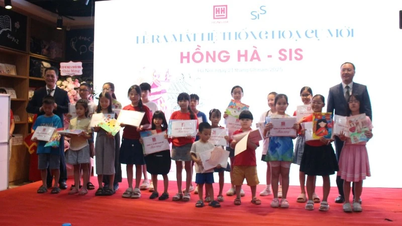


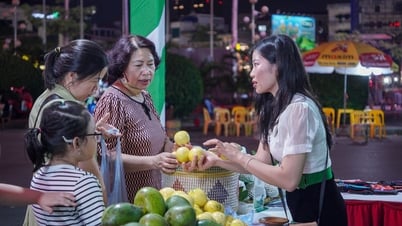


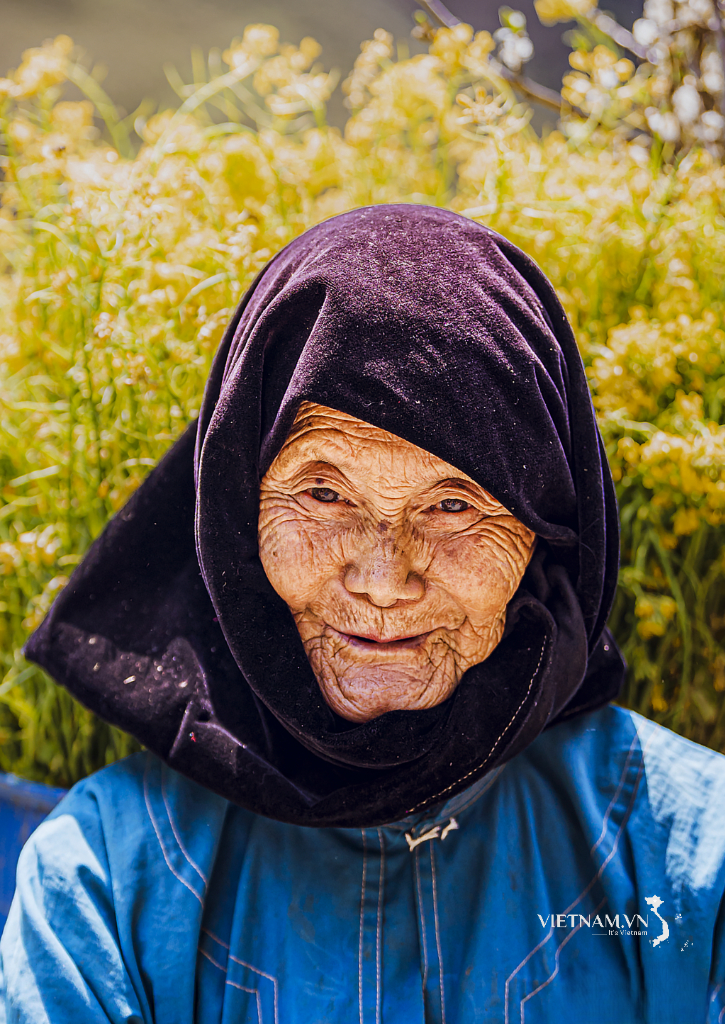
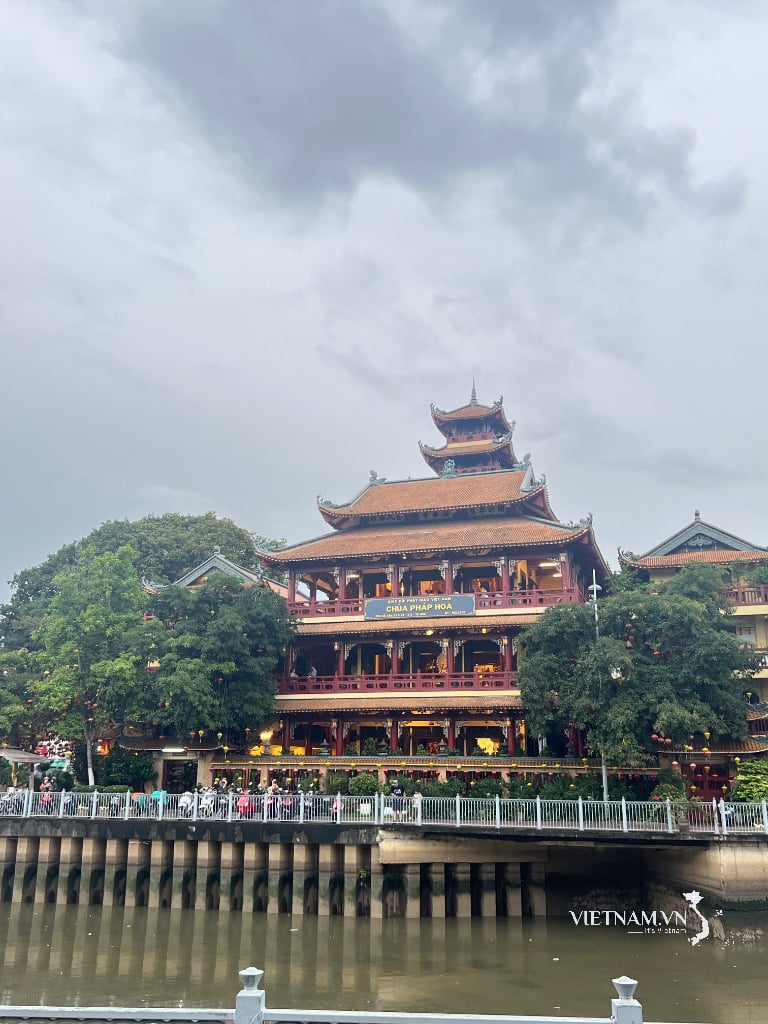


Comment (0)